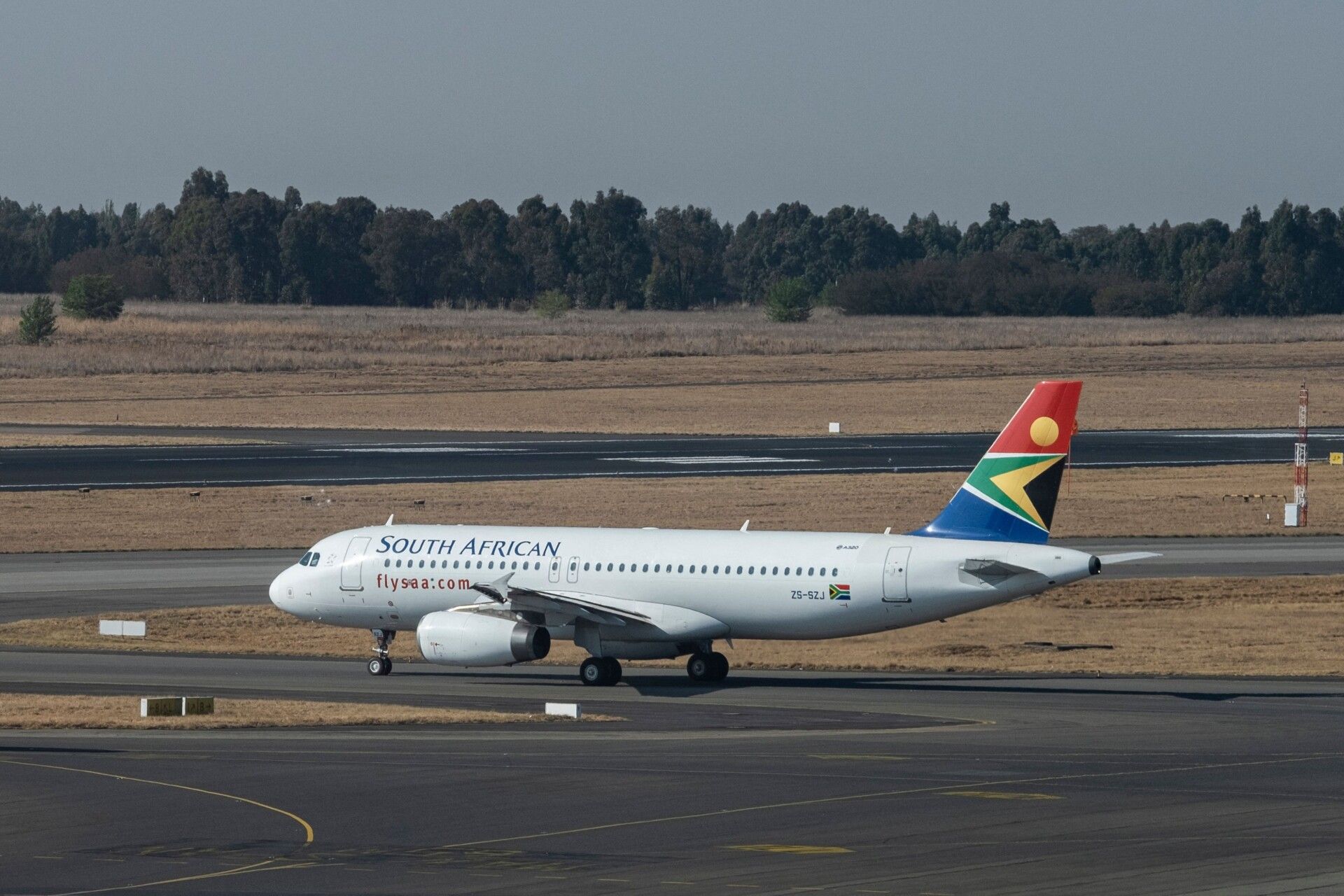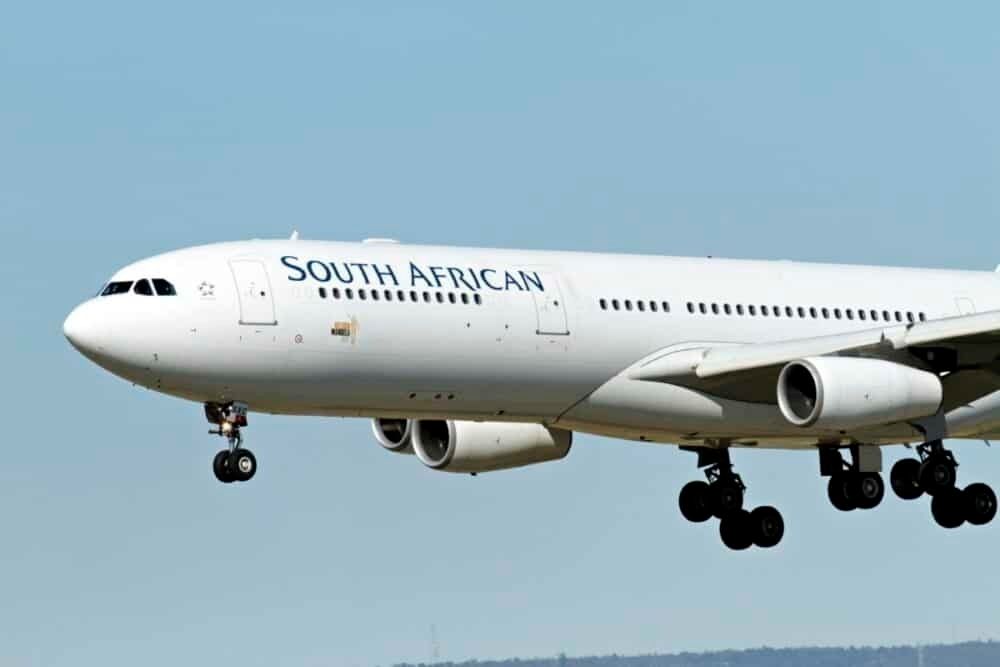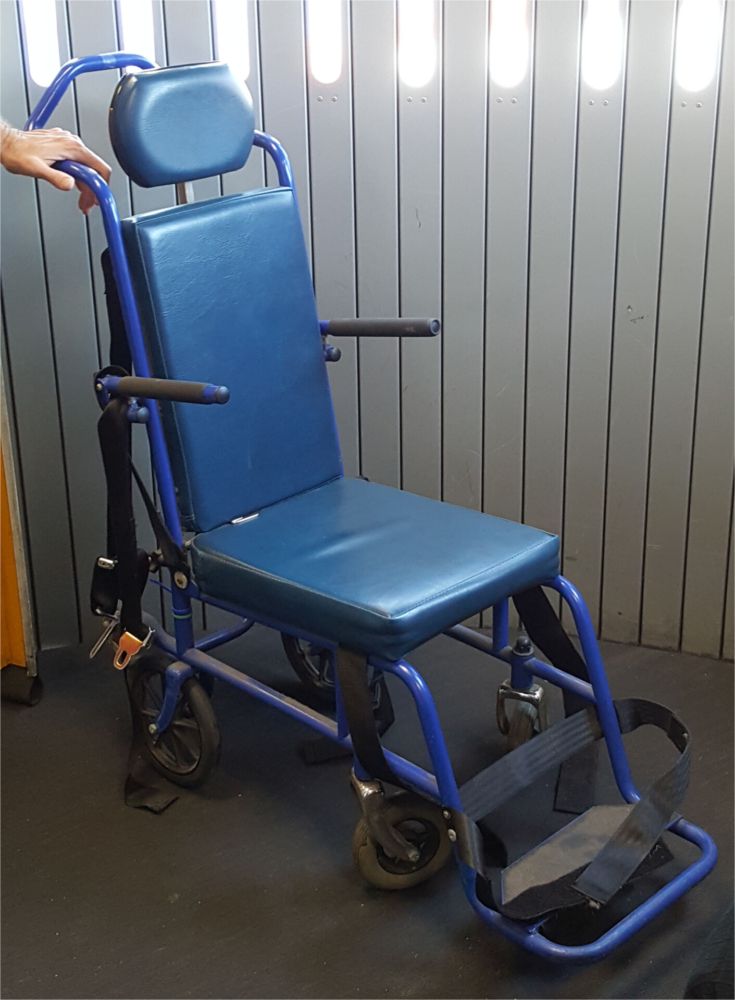A Zambian man's attempts to impound a South African Airways (SAA) aircraft have failed. Despite the backing of a court order, bailiffs were unable to seize the plane. However, they were able to take assets from SAA's local office.
Failed, for now
According to News24, a Zambian citizen's attempts to seize a South African Airways aircraft have failed. The reason for failure wasn't legal but reportedly due to "interference" from airport authorities. However, with a court order in hand, the plaintiff is pushing ahead with enforcement.
SAA's office in Zambia has been seized, along with assets such as computers, furnishings, and more. However, the plaintiffs have reportedly said that they plan to make further attempts to seize an aircraft from the airline.
South African has said it does not plan to cut services to Lusaka in response to the ongoing litigation. The carrier currently flies four weekly services between Johannesburg and the Zambian capital and plans to continue to do so. So what is behind these proceedings?
Stay informed: Sign up for our daily and weekly aviation news digests.
The incident
The case stemmed from an incident onboard an SAA flight in 2019. Charity founder Joseph Moyo was flying from Livingstone to Johannesburg, with an onward connection to the US. Moyo, who uses a wheelchair, was traveling with a nurse on the flight. When he wanted to use the bathroom, he requested flight attendants for an "aisle chair" to move through the cabin.
However, the crew members informed that there was no aisle chair available on the aircraft. This resulted in Moyo soiling himself on the flight, leading to emotional trauma and pain. He subsequently sued the airline on various charges for breaching their duty to passengers.
Each country has a different law on the use of aisle chairs in aircraft. Most require than widebody aircraft come with equipped with one, since wheelchair-users are likely to use the washroom on longer flights. However, narrowbody planes may not come with the chairs due to the shorter length of the flight and smaller toilets.
Moyo received a default judgment in the case, meaning that SAA did not respond in court to the charges. He has won over $10,000 in compensation toward the cost of therapy, to reimburse his three-day hotel stay in Johannesburg due to trauma from the incident, and for SAA's failure to load an aisle chair on the flight.
In response, SAA has said that it will challenge the default judgment and has a stay on the verdict. It's unclear if the airline will now be able to avoid the seizure of its aircraft in Zambia.
Many challenges
Traveling with a wheelchair can be complicated and difficult. Since all passengers must use standard seats, mobility is greatly reduced onboard. As noted by Paralympian tennis player Nico Langmann recently, bathrooms are notoriously tricky for differently-abled passengers, even with accessible toilets.
To make matters worse, airlines are known to break wheelchairs, making things even more difficult on landing. According to reported figures, airlines break 29 wheelchairs a day in the US alone, underscoring the problems.



